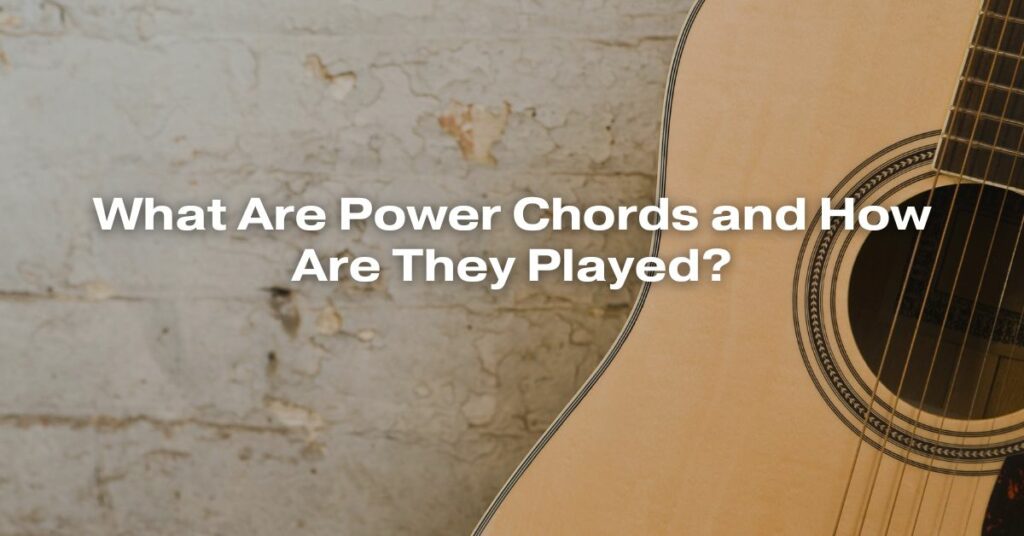Music is a universal language that transcends barriers and connects people from different cultures and backgrounds. Whether you’re a beginner guitarist or an experienced musician, understanding the basics of music theory and techniques can significantly enhance your musical journey. One fundamental aspect of playing the guitar is mastering different types of chords, and among them, power chords hold a special place. In this article, we will delve into the world of power chords, exploring what they are and how to play them effectively.
Understanding Power Chords
Power chords are a staple in various music genres, including rock, punk, metal, and alternative. They are popular for their raw and powerful sound and are relatively easy to play, making them a favorite among beginner guitarists. Unlike traditional chords, power chords consist of only two or sometimes three notes, which give them their distinctive sound.
Basic Structure of Power Chords
A power chord typically consists of the root note, which gives the chord its name, and the fifth note of the corresponding scale. For example, in the key of C, a power chord would include the notes C (the root) and G (the fifth). The absence of the third note in the chord removes its major or minor quality, giving it a neutral, ambiguous sound.
Playing Power Chords
Now, let’s move on to how power chords are played on the guitar. Here’s a step-by-step guide to help you master the art of playing power chords:
1. Finger Placement:
Place your index finger on the root note, which is usually on the low E string. For instance, if you’re playing a C power chord, place your index finger on the third fret of the low E string.
2. Adding the Fifth:
Next, add your ring finger (or your pinky, depending on your preference and comfort) on the fifth fret of the A string. This note is the fifth interval from the root note and gives the power chord its characteristic sound.
3. Strumming:
Strum the two strings you’re fretting (E and A strings) with a downstroke of your pick. Ensure that you don’t accidentally touch or mute other strings to maintain the clarity of the chord.
4. Power Chord Variations:
Power chords can also be played as three-note chords by adding an octave of the root note on a higher string. To do this, simply place your pinky on the fifth fret of the D string while playing the C power chord mentioned earlier. This variation provides a fuller sound and is commonly used in more complex chord progressions.
Tips for Mastering Power Chords:
Practice Clean Transitions: Focus on smoothly transitioning between different power chords to enhance your playing skills.
Experiment with Palm Muting: Palm muting the power chords can create a tighter and punchier sound, especially in genres like metal and punk.
Play Along with Songs: Practicing power chords along with your favorite songs can help you improve your timing and rhythm.
Conclusion
Power chords are an essential skill for any aspiring guitarist. Their simplicity, versatility, and powerful sound make them a valuable tool in a musician’s repertoire. By understanding the basic structure of power chords and practicing their different variations, you can unlock a world of musical possibilities. So, pick up your guitar, start practicing, and let the raw energy of power chords elevate your playing to new heights. Happy playing!


